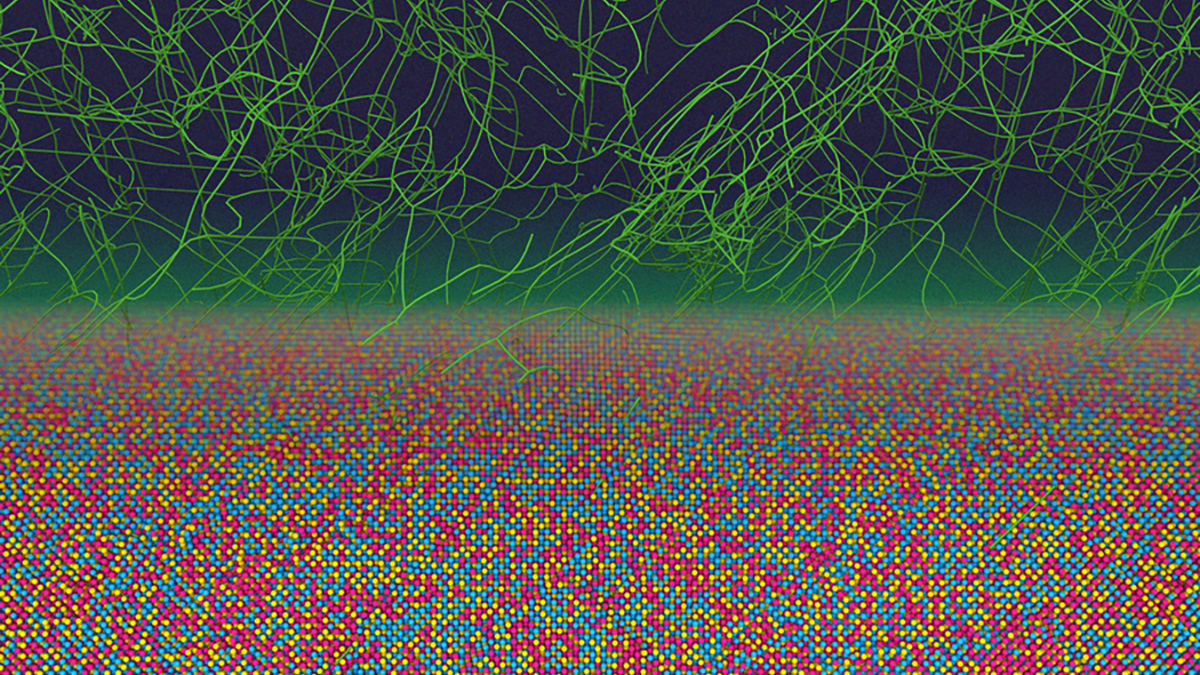In 1977, NASA launched two groundbreaking spacecraft, Voyager 1 and Voyager 2, with a mission unlike any before: to boldly journey beyond the familiar planets and explore the farthest reaches of our solar system. Over 45 years later, these resilient probes continue to travel through space, making astonishing discoveries and sending back vital data — including insights into a baffling region that scientists have dubbed the “firewall.” What exactly is this enigmatic zone, and why does it matter? Let’s dive into the story of Voyager and the edge of the solar system.
The epic adventure of Voyager 1 and 2
The Voyager spacecraft were designed not to linger near Earth’s cosmic neighborhood but to travel deep into space, studying the distant gas giants—Jupiter, Saturn, Uranus, and Neptune. After fulfilling their original planetary missions, they didn’t stop. They kept pushing outward, crossing boundaries few have ever reached.
Today, Voyager 1 and 2 hold the title of the farthest human-made objects from Earth, venturing into the vast, uncharted territory beyond our solar system. This journey continues to break records and expectations.
Defining the solar system’s frontier
Scientists have long debated where our solar system truly ends. Some point to the orbit of Neptune, while others suggest the distant Oort Cloud, a sphere of icy bodies stretching possibly a light-year away. NASA, however, uses a more practical boundary called the heliopause.
Imagine the Sun blowing an enormous invisible bubble around the solar system, filled with solar wind — streams of charged particles rushing outward. The heliopause marks the edge of this bubble, where the solar wind loses its battle against the pressure of interstellar space. It’s effectively where the Sun’s influence wanes and the galaxy’s vastness begins. Both Voyagers have now crossed this boundary, revealing surprises that challenge our understanding.
Unveiling the mysterious “firewall”
When Voyager 1 crossed the heliopause in 2012 and Voyager 2 followed in 2018, they entered a region unlike anything expected. Scientists recorded a drastic spike in temperature — from everyday space chill to an intense zone ranging from about 54,000°F to 90,000°F (30,000°C to 50,000°C). This intense hotspot was playfully nicknamed the firewall.
But caution: this “firewall” isn’t fire as we experience it on Earth. The temperature readings are from highly energetic charged particles dispersed in a near-perfect vacuum. This means that even though the particles are hot, they don’t behave like flames. The spacecraft remained unscathed, and the heat is more akin to a gentle cosmic mist than an inferno. This phenomenon underscores the strange, fascinating nature of space physics.
Magnetic mysteries beyond the solar envelope
Beyond the firewall lies an even stranger revelation: the magnetic fields outside our solar system appear to align with those inside the heliosphere. This defies traditional scientific theories, which expected these fields to be distinct and separate. The Voyagers’ data suggest a hidden connection between our solar bubble and the wider galactic environment.
Experts believe this discovery could rewrite how we understand the Sun’s interaction with the interstellar medium, impacting everything from cosmic ray shielding to space weather effects on Earth.
“The Voyagers’ findings are revolutionizing our grasp of the solar system’s boundaries,” explained astrophysicist Dr. Laura Hernandez in a 2023 study published by the NASA Jet Propulsion Laboratory. “These spacecraft are teaching us more about our cosmic environment than we ever thought possible.”
Why does this matter for Earth and beyond?
You might wonder, why should we care about a place billions of miles away where spacecraft measure temperatures that mean little to us? Understanding the heliopause and firewall helps scientists grasp how the Sun’s influence shapes our cosmic neighborhood. This knowledge is crucial because space weather, governed by solar activity, affects satellites, GPS, power grids, and even Earth’s climate.
The continued operation of Voyager 1 and 2, decades beyond their predicted lifespans, offers a rare window into our universe’s boundaries. They remind us that exploration is as much about persistence as it is about technology.
They journeyed over 14 billion miles (Voyager 1) and 12 billion miles (Voyager 2) as of early 2024, steadily unlocking the secrets of space. From studying planetary atmospheres to unraveling the mysteries of interstellar space, these tiny but mighty probes remain at the frontier of human knowledge.
For anyone looking to understand where humanity stands in the cosmos, Voyager’s incredible journey offers inspiration and insight.
Have thoughts on Voyager’s discoveries or what lies beyond our solar system? Share your ideas in the comments below or join the conversation on social media!
Source link


